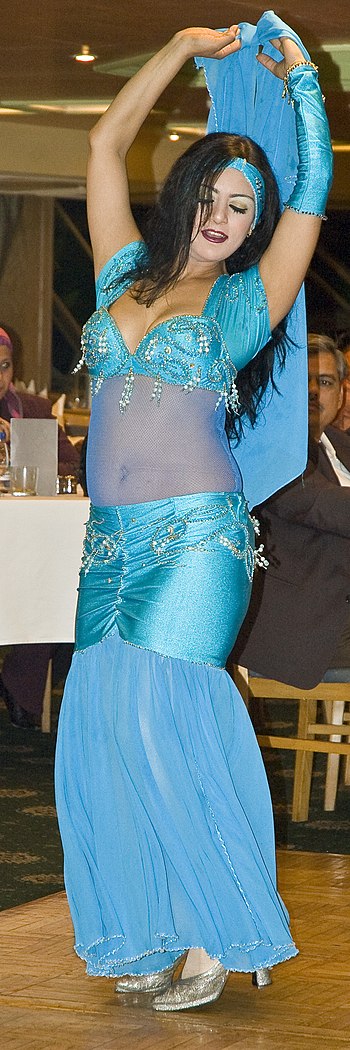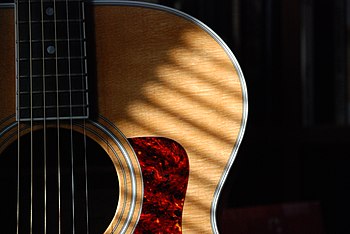 |
| A Selmer Bundy II Alto Saxophone. (Photo credit: Wikipedia) |
Although it's one of the quickest instruments to initially pick up, learning to play saxophone like a pro - or even a highly developed student - is a whole other matter.
Developing Your Saxophone Tone
Ask just about any awesome sax player, and they'll tell you that the most crucial area that a saxophone player must pay attention to is the quality of their sound. Of all the wind instruments around, the saxophone brings with it the greatest variety of sonic options. Take Stan Getz in contrast to Lenny Pickett, for example.
Here are three things that you can do to boost the quality of your saxophone tone:
* Practice overtones. If you finger a low Bb but blow into the horn as though you were going to play a middle Bb, you'll see that the middle Bb comes out sounding much larger and louder. Try to make the middle Bb fingering sound as large as the low Bb fingering. Take the exercise up in half steps as far as you can go, using palm key fingerings once you get to middle D as your bottom note. Don't move your embouchure to get the overtone notes to come out. Take into consideration how your throat would be if you were singing those overtone notes, and have your ear guide your throat to the proper position.
* Keep the bottom lip rolled out enough so that the fleshiest part is touching the reed.
* Play with the "EE" vowel sound on your mind. This will keep your throat unobstructed.
Developing Great Saxophone Technique
Though the term "technique" can apply to any aspect of playing an instrument, for the majority of musicians, technique signifies the capability to play high-speed successions of notes cleanly and clearly.
To play with excellent technique, here are several things you can do:
* Focus on scales and arpeggios in one key at a time. It's more effective to perfect a scale in one key than it is to be able to play through all twelve keys ungracefully.
* Work on hearing the music you're playing, and not what your fingers are doing.
* Make certain that there's no stiffness in your neck. Stiffness in your neck triggers stiffness in your shoulders, which leads to stiffness in the arms, hands, and fingers.
Working on Saxophone Articulation
Articulation denotes the method in which we start and stop notes. We use articulation to give the melody shape and texture,. Without it, you end up with what sounds like "robot music."
Here are some tips to help you better your articulation on the saxophone:
* Don't tongue the very tip of the reed, but rather touch with the tip of your tongue the point just past the tip of the reed. You can also go about half an inch to an inch back on your tongue if that's more intuitive for you.
* Move the tongue up towards the reed and down away from the reed. Articulating by moving the tongue back and forth should be avoided.
Putting it All Together
Learning how to play like a pro is not something that automatically happens merely because you have a great saxophone teacher or because you read a great saxophone book.
Ultimately, the end goal is to cultivate a keen ear so that, in your mind, you develop a very clear picture of what you'd like to sound like. This means listening to the best saxophone players throughout history, and practicing with focus. Remember, when it comes to practicing, it's not about the quantity of hours you practice, but really, it's about the quality of your practice time.
Doron is the creater of Bulletproof Saxophone Playing - a program that helps you take your saxophone playing to a whole new level. If you take the actions recommended in this comprehensive and inspiring course, you'll play better than you over thought possible. Highly acclaimed by some of the top players in the saxophone world (including Rob Wilkerson, lead alto in the Michael Buble band), the program features a 70-page e-book and audio interviews with Rick Margitza, Walt Weiskopf, Dr. David Demsey, and others. http://www.bulletproofsaxophoneplaying.com Article Source: EzineArticles |















